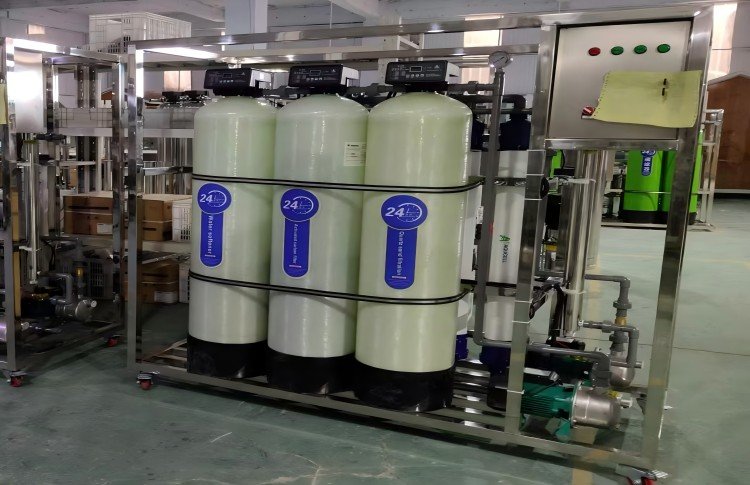In the livestock industry, water quality is often overlooked during daily management. However, waterborne diseases are one of the leading causes of illness and disease in animals. Pathogenic bacteria, viruses, and parasites commonly thrive in drinking water, quickly spreading through the herd. As a result, maintaining clean and safe water is crucial for the health and productivity of livestock.
Current Water Quality Issues in the Livestock Industry
The most common water quality problems faced by the livestock industry include:
-
Excessive Total Bacterial Count: This is a widespread issue that can lead to contamination and health risks for livestock.
-
Excessive Coliform Bacteria Count: The presence of E. coli and other harmful bacteria in water is a serious concern.
-
High pH Levels in Water: A pH above 8 can be detrimental to animal health.
-
Off-putting Odors in Water: Salty or astringent water can discourage animals from drinking, impacting their hydration.
-
High Turbidity: Surface water and rainwater often contribute to this issue, which affects water clarity and quality.
To address these challenges, ultrafiltration (UF) technology provides an effective solution. Ultrafiltration is a physical separation process that filters out bacteria, viruses, organic compounds, and other pollutants from water. Besta Membrane’s 2 tons per hour UF system is designed specifically to tackle these water quality issues in the livestock industry, ensuring that clean and safe water is available for both drinking and production purposes.
Key Features of Ultrafiltration Technology
Compared to traditional separation methods, ultrafiltration offers several distinct advantages:
| Feature | Benefit |
|---|---|
| Ambient Temperature Process | Suitable for heat-sensitive substances, no damage to enzymes or medications |
| Energy Efficient | No heating required, low energy consumption, eco-friendly |
| High Separation Efficiency | Effective at recovering trace components in dilute solutions |
| Simple Operation | Easy installation, short process flow, low maintenance |
Besta Membrane’s ultrafiltration system integrates these benefits to effectively remove pollutants from water, improving the overall water quality in livestock operations.
How Ultrafiltration Benefits the Livestock Industry
-
Cleaner Water for Livestock: The ultrafiltration system ensures that water delivered to livestock is clean and free of harmful pathogens.
-
Lower Costs: By improving water quality, the system reduces the need for additional treatments or medications, ultimately lowering operational costs.
-
Improved Digestion and Health: Acidified water helps improve the digestive system of animals, leading to better overall health and productivity.
-
Stable Water Quality: The water quality remains consistent, ensuring that animals always have access to safe water.
-
Simple and Efficient Equipment: The system is easy to install, operate, and maintain, ensuring seamless integration into the farm’s daily operations.
System Specifications and Components
Below is a breakdown of the equipment included in Besta Membrane’s ultrafiltration system:
| Equipment | Quantity | Specifications/Features |
|---|---|---|
| Raw Water Pump | 1 unit | 220V/60Hz, 550W, lift: 27m |
| Electric Contact Gauge | 1 piece | Precision: ±1.6%, Pressure range: 0.1-0.6 |
| Electric Cabinet | 1 set | Stainless steel, includes relay and liquid level float |
| Multi-media Filter | 1 set | 250x1400mm fiberglass, automatic backwash valve |
| Activated Carbon Filter | 1 set | 250x1400mm fiberglass, automatic backwash valve, refined carbon |
| Softener Filter | 1 set | 250x1400mm fiberglass, soft water resin, salt box |
| Precision Filter | 1 set | 20” PP filter, pore size: 5μm |
| Dual-step Ultrafiltration System | 4 pieces | Membrane flux: 0.5t/h, UF membrane (BM-90) |
| Ultrafiltration Backwash Valve | 4 pieces | Brass, DN25 |
| Stainless Frame | 1 unit | SS 304 |
| Connection Pipe Fittings | 1 batch | PVC pipe |
This system is designed to filter 2 tons of water per hour, efficiently removing contaminants and ensuring that livestock always have access to clean water.
System Flow and Efficiency Data
The system processes water in several stages, ensuring thorough purification. Below is an example of the performance data:
| Process Stage | Efficiency | Flow Rate | Remarks |
|---|---|---|---|
| Raw Water Input | – | 2 tons/hour | Pre-treatment of water before filtration |
| Multi-media Filter | >90% | 2 tons/hour | Removes larger particles and suspended solids |
| Activated Carbon Filter | >95% | 2 tons/hour | Absorbs organic contaminants and chlorine |
| Ultrafiltration | >99% | 2 tons/hour | Filters out bacteria, viruses, and fine particles |
| Effluent Water Output | 100% | 2 tons/hour | Clean water for livestock use |
This table demonstrates the high efficiency of each filtration stage, ensuring the best quality water for livestock.
The Importance of Clean Water in Livestock Management
While most attention in livestock management is placed on nutrition, disease prevention, and quality control, water quality often takes a backseat. In reality, contaminated drinking water can lead to rapid disease spread. Pathogenic organisms in water can cause severe health issues, reducing livestock productivity and increasing costs.
By implementing ultrafiltration technology, Besta Membrane ensures that water quality is consistently high, promoting healthier animals and better overall farm management. This system has already shown significant improvements in the quality of water used in livestock farming, which in turn improves the quality of the final products.
Conclusion
Besta Membrane’s 2 tons per hour ultrafiltration system is a game-changer for the livestock industry. It provides a reliable, cost-effective, and environmentally friendly solution to the growing concerns of water quality in animal farming. With the system’s ability to remove harmful bacteria, viruses, and organic matter, it ensures that livestock have access to safe, clean water at all times. This, in turn, leads to healthier animals, better productivity, and reduced operational costs.

 MBR Membrane
MBR Membrane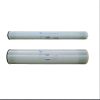 Reverse Osmosis Membrane
Reverse Osmosis Membrane Residential Ro Membrane
Residential Ro Membrane UF Membrane
UF Membrane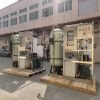 Water Treatment Plant
Water Treatment Plant Residential Ro Machine
Residential Ro Machine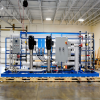 Brackish Ro System
Brackish Ro System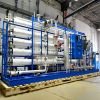 Sea water system/SW RO plant
Sea water system/SW RO plant Bag Filter
Bag Filter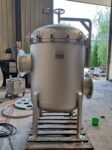 Cartridge Filter
Cartridge Filter Commercial Water Filtration System
Commercial Water Filtration System Membrane Cleaning System(CIP)
Membrane Cleaning System(CIP)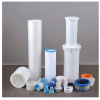 Consumables Accessories
Consumables Accessories